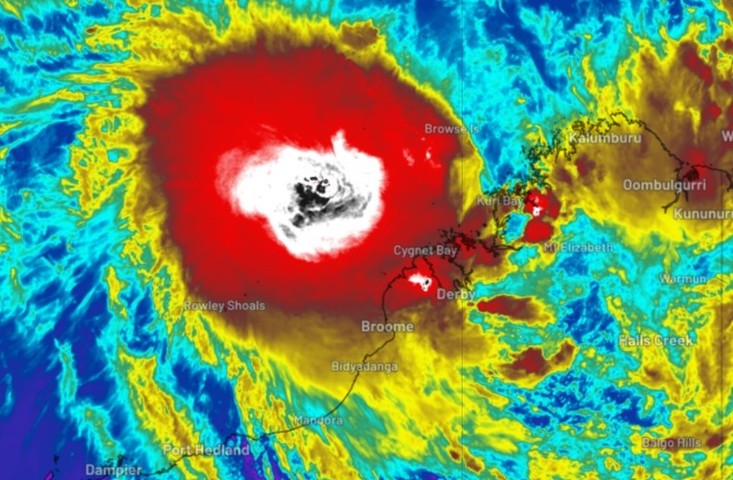Tropical Storm Alberto Forms in Gulf of Mexico, Prompting
Coastal Alerts
Tropical Storm Alberto, the first of the Atlantic hurricane
season, has emerged over the Gulf of Mexico, as confirmed by the National
Hurricane Center. The storm, named Alberto, is expected to bring significant
impacts including heavy rains, coastal flooding, and strong winds to the Texas
and northeastern Mexico coasts through Thursday.
According to forecasters, Alberto is set to reach the
Mexican coast late Wednesday or early Thursday, currently moving at
approximately 8 miles per hour towards the region. The National Weather Service
has already reported early rains in Texas, with potential impacts expected
along the I-35 highway later in the day.
By 10 a.m. local time, the National Weather Service
officially classified the system as a named tropical storm. A Tropical Storm
Warning has been issued for the Texas coast from the San Luis Pass south to the
mouth of the Rio Grande, and for the northeastern coast of Mexico from the Rio
Grande mouth to Puerto de Altamira.
Meteorologists anticipate rainfall amounts ranging from 5 to
10 inches across northeast Mexico into southern Texas, with localized maximum
totals of up to 15 inches. This precipitation is likely to result in
considerable flash flooding in urban areas and could lead to new and renewed
river flooding. Additionally, mudslides are a concern in higher terrain across
northeast Mexico. Parts of the Texas coast may experience storm surges as high
as four feet.
The heaviest rain is forecasted for south Corpus Christi,
with predicted accumulations between 6 to 10 inches. Storm surge impacts are
also anticipated in Galveston and Surfside Beach, where significant flooding is
already occurring.
Although overall rain totals have slightly decreased, the
National Weather Service warns that most areas could still see between 1 to 3
inches of rain, with localized flooding exceeding 4 inches possible. A flood
watch remains in effect until Thursday.
The disturbance was noted to be quite expansive early
Wednesday, with tropical-storm-force winds extending up to 415 miles north of
the system's center. As of 4 a.m. CDT, the storm's center was positioned
approximately 315 miles southeast of Brownsville, Texas, moving west-northwest
at 8 mph with maximum sustained winds of 40 mph.
The National Hurricane Center upgraded the initial tropical
storm watch to a tropical storm warning at 4 a.m. CT on Tuesday. Subsequently,
the government of Mexico also issued a tropical storm warning for parts of its
northeastern coast, replacing the previous watch, as conditions became more imminent.
The Atlantic hurricane season officially began on June 1 and
extends through November, with peak activity typically occurring between
mid-August and mid-October. According to the National Oceanic and Atmospheric
Administration, both "hurricane" and "tropical cyclone"
terminologies refer to the same type of storm, with the latter being a broader
classification encompassing any weather phenomenon where rotating, low-level
cloud systems and thunderstorms develop over tropical or subtropical waters.
A tropical cyclone is specifically categorized as a tropical
storm once its sustained wind speeds exceed 39 mph, and it escalates to
hurricane status when sustained winds reach 74 mph or higher.










.jpg)